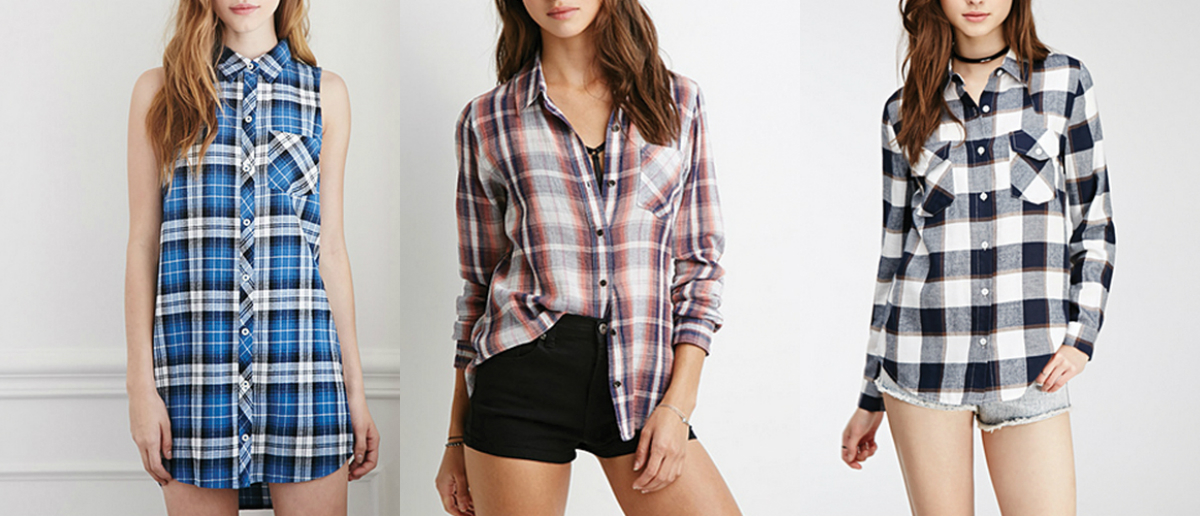Flannel Shirts: A Glance then and a Look Now

Everywhere you look, you find a plaid flannel shirt. And why not? They are stylish and comfortable to wear. However, flannel shirts have a long history that dates back to the 16th century. To know more, keep reading. To buy custom flannel shirts that reflect the old world charm balanced with a dash of modernity, you can check the collection of top manufacturers. But keep reading the following article to know more about flannel shirts.
The Origins in 1500s
It was during the 16th century, when Scottish farmers to protect themselves from the cold outside, started using a special type of blanket which was made from woven yarns known as flannel. Tartan was the checkered cloth pattern that was named after a Scottish clan. (This tartan later came to be known as plaid when they came to USA). The tartan flannel was highly valued in the royal families of Scotland, which further made them popular.
Getting Banned in Britain in 1700s
Donning tartan plaid flannel shirts was banned in Britain during the 1700s. The reason was simple- it originated from the hearts of Scotland and had strong association with the Scottish Rebellion. The Dress Act in England prohibited its citizens from wearing the same. Plaid only became legal after 1782, when they were added to more formal pieces of garments like gowns.
The Lumberjack in 1850s to 1950s
It was during the 19th century that plaid flannel made a journey across the Atlantic, from Europe to the USA. They got the name ‘plaid’ hereafter. To boost the popularity, Woolrich Woolen Mills started manufacturing red and black plaid flannel shirts. With their warmth and styling appeal, outdoor workers started preferring them. And the outdoor workers? Well, they were the lumberjacks. With all the chaotic wars and snowstorms, the need of flannel shirts increased, doubling their production by the end of 1949.
The Resurgence of Plaid in the 1970s
Once the lumberjack trend started to take a backseat, the versatility of plaid flannel started taking the main front. The ubiquitous nature of the same was now not limited to just shirts, but from suits to house décor as well. A cultural phenomenon, Vivienne Westwood popularized the plaid coattails and fired the punk movement. During this era, plaid flannel became a symbol of rebellion.
The Continued Popularity of 1980s
With movies now showcasing the power of plaid flannel, and Princess Diana making public appearances in the same, the growing popularity was beyond containment. It became a household piece of clothing, easily and widely available for all. Looking back to that time, maybe the 80s was the most notorious era for plaid flannel.
The Grunge of the 1990s
With bands like Nirvana, The Breeders and Pearl Jam making plaid flannel shirts their signature choice of cloth, the rise of grunge was experienced. The grunge could be defined as a way of dressing that was streamlined on extravagant ensembles, including the flannel shirt. Oversized versions became an eye-catching number, and their entry to the mainstream circuit was cemented forever during this time.
Present
After the grunge stunt went wrong in the early 2000s, flannel shirts disappeared from the scene for a while. It was not until 2015 that they could be seen as a part of a fashion collection. At present, plaid flannel has stood the test of time and emerged stronger than ever. Plaid flannel shirts have now become a part of the bigger fashion scenario that includes its ability to merge well in both formal and casual occasions/attires. Wear them under a sweater or a structured blazer, flannel shirts do stand out, regardless the situation. Available with top manufacturers of men’s and women’s flannel shirts, they are not going anywhere any time soon.
Retailers who are interested to make a bulk purchase of the same can register with the manufacturers online. Discounts are available for bulk buyers.
Direction: https://goo.gl/maps/fPGdzRthc5T7FxET7













